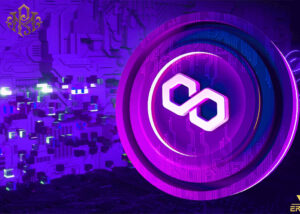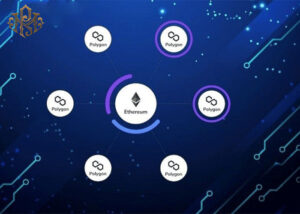
Close



Among the founders of the Polygon protocol, the name of Jaynti Kanani has a special appeal for most of the people who participated in this project. He was the son of a miner and started life in a small house on the outskirts of Ahmedabad, Gujarat, western India. At that time, he was facing financial problems to pay his school fees and his biggest wish was to find a suitable job to pay off his father’s debts. But fate provided better things for him and now he is considered as the founder and CEO of a blockchain protocol with a market value of more than 6 billion dollars.
Kanani was working as a Senior Data Scientist at Housing.com when he first encountered scalability and congestion issues on the Ethereum network in an NFT project. From that moment, he decided to solve this problem and in late 2017, with the participation of Jinti Kanani, Sandeep Nailwal and Anurag Arjun, Polygon Network was launched.

In 2021, due to the problems of congestion in the Ethereum network and the increase in demand from this network, the MATIC team decided to expand a wider project called Polygon. At that time, the currency released a new roadmap aimed at adopting new technologies such as rollups and Valadium, which would improve the user experience with the network. However, Polygon kept the name of its currency, “MATIC” unchanged, and the Token of MATIC is still used as a payment and settlement unit in this network.
MATIC currency, symbol MATIC, is an ERC-20 token that runs on the Ethereum blockchain. This currency is a versatile and interactive token for building Ethereum-compatible blockchains and has a variety of uses, including staking to increase network security, governing network decisions, and paying transaction fees in this currency.
As a versatile and interactive tool among ERC-20 tokens, MATIC allows users to benefit from the areas of staking, governance, and payment of transaction fees. Users can use wallets that support Polygon network to store MATIC currency and perform transactions.

It is determined that with the implementation of Ethereum 2, we will see an Internet of independent blockchains called shards. Each shard has unique data, features and qualities, and each of these shards is a separate blockchain powered by the Ethereum network. Although Ethereum 2 is not yet fully launched, Polygon has taken this opportunity to develop the Polygon network by providing solutions to bridge the gap between Ethereum 1 and 2.
As part of Polygon, the Polygon Framework provides a simple way to set up Ethereum-compatible blockchains. This platform offers a variety of modules for deploying blockchains with customized features and using different tools by upgrading along with the expansion of features. With these features, developers have the ability to easily set up and configure their own blockchains. In other words, the Polygon SDK allows developers to launch their own Ethereum-linked blockchains and create applications easily.